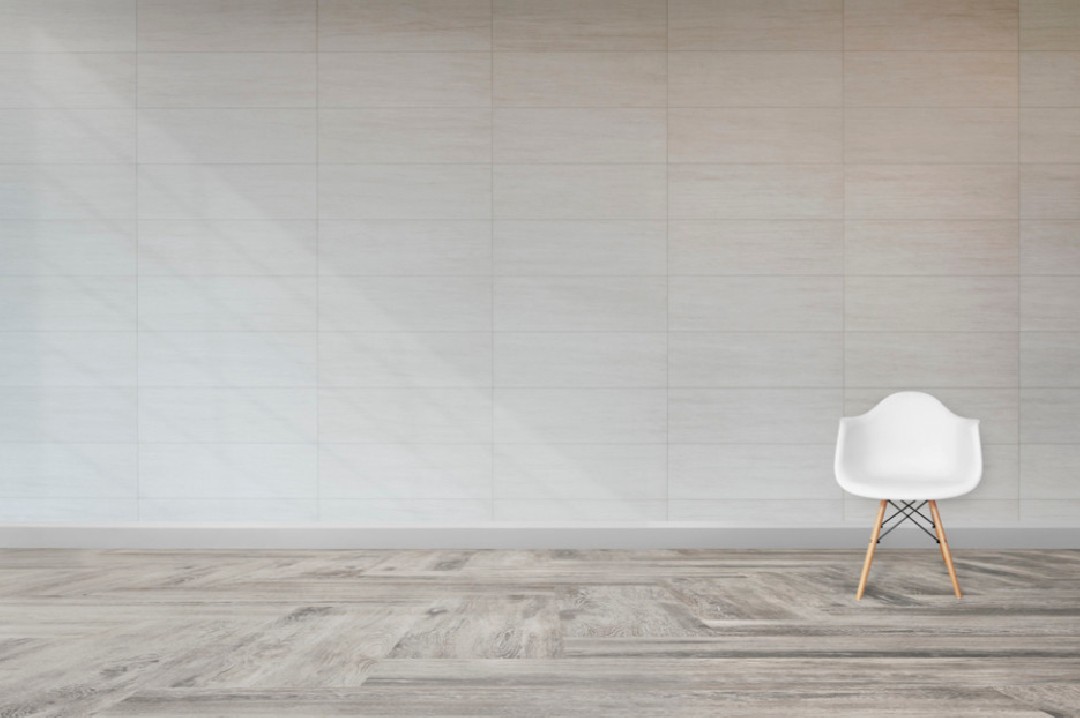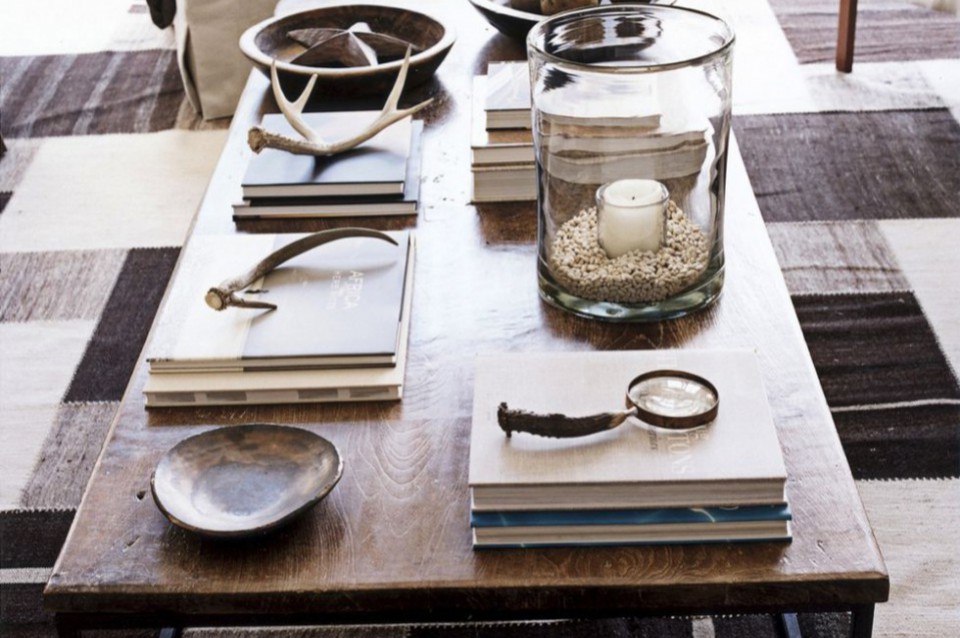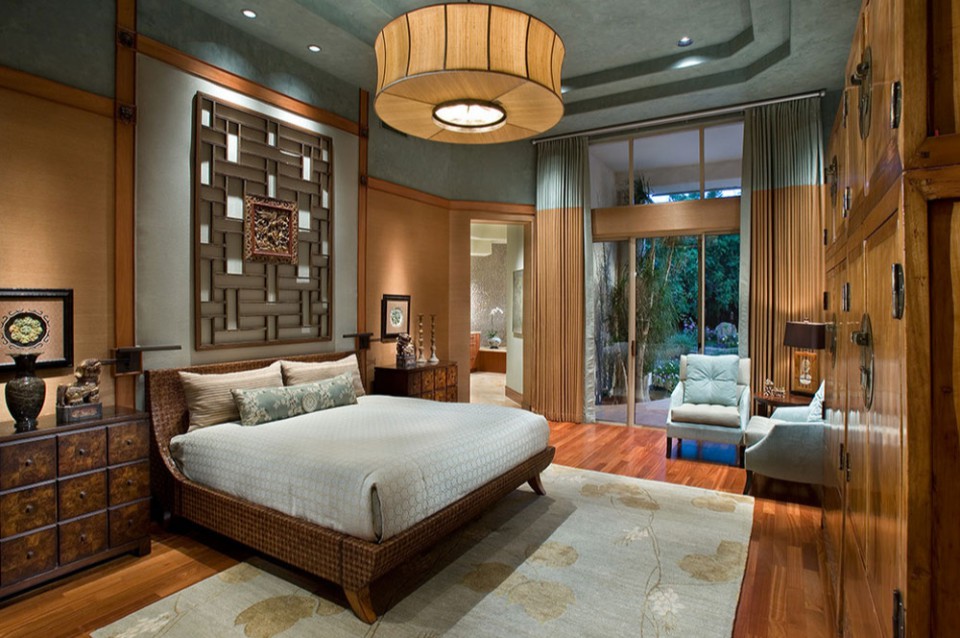How to Design Your House? A Complete Guide
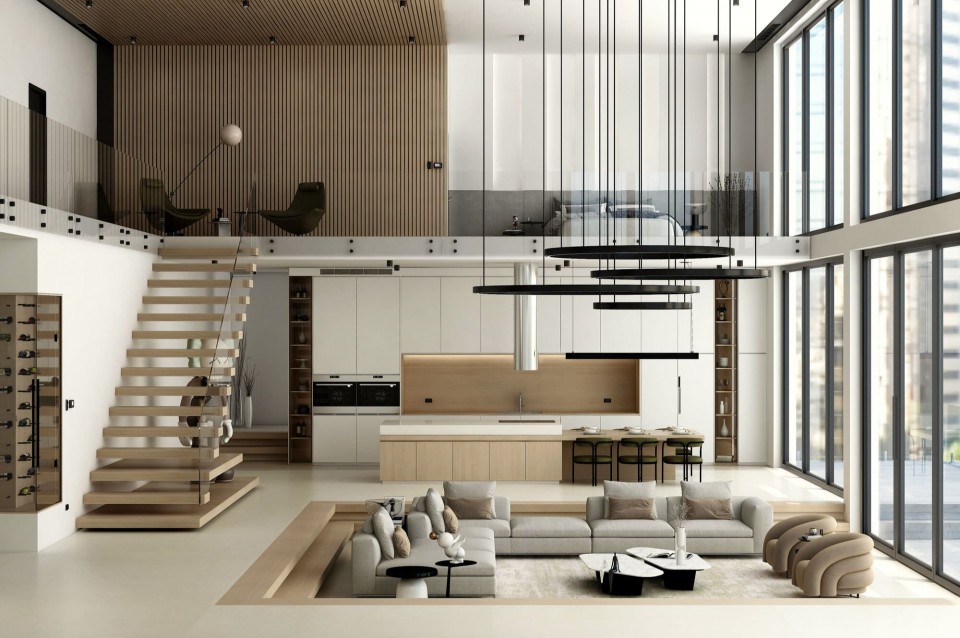
Knowing what you want in a home is necessary when deciding how to design your house. Some localities have minimum house size requirements, and your architect will be able to help you determine these regulations. Once you know what you want in a house, you must deliberate on its program, including which rooms it will have.
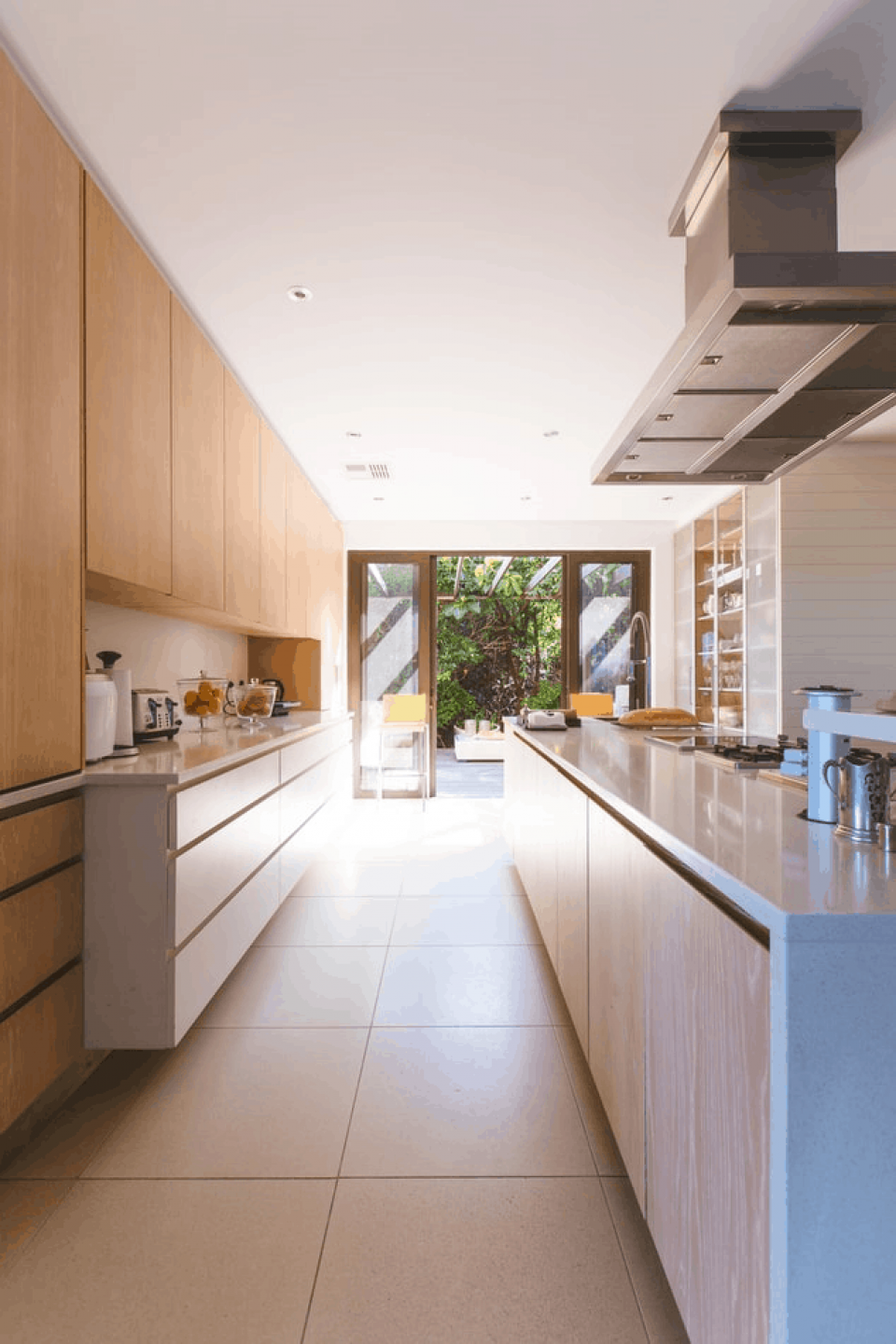
source : homeauthority.in
Working with a qualified architect is a great way to streamline the custom home building process and minimize stress. However, the first step is getting acquainted with the entire custom home building process. Choose a builder you can trust and ask questions when you need clarification. Remember the steps outlined below as you work with a designer. They will help you communicate your design goals and needs. After all, your house will reflect you, so make sure it is built with quality. Home Authority is here to help you along the way.
Steps
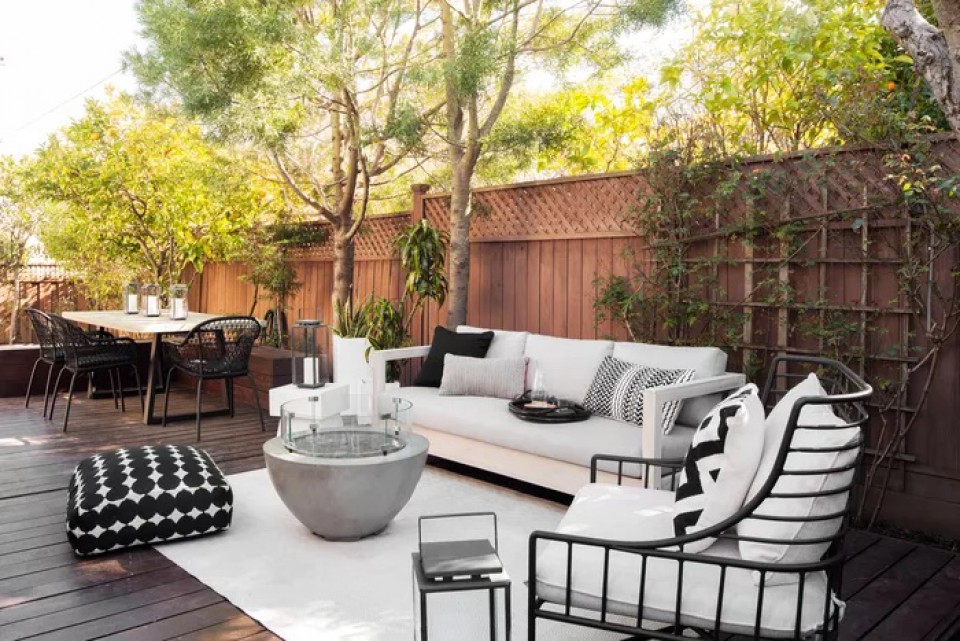
source : thespruce.com
Once you've gathered some inspiration, it's time to start figuring out the details. Start by listing the rooms you want in your house. Think about what features you'd like in your living room windows, your kitchen size, and the location of the main bedroom’s bathroom. Now, write down these desires in order of importance. Keep in mind your budget and available space when making this list. Start with what's important to you and prioritize the rest later.
Decide on the overall style of your home. The style you choose will guide other design decisions. Consider whether you want a contemporary or traditional style, and make sure your furniture will match the surroundings. Be sure to discuss your design ideas with your family, too. The latter may have different ideas than you. However, everyone should be happy with the result. In short, designing your home can be fun and fulfilling.
Tools
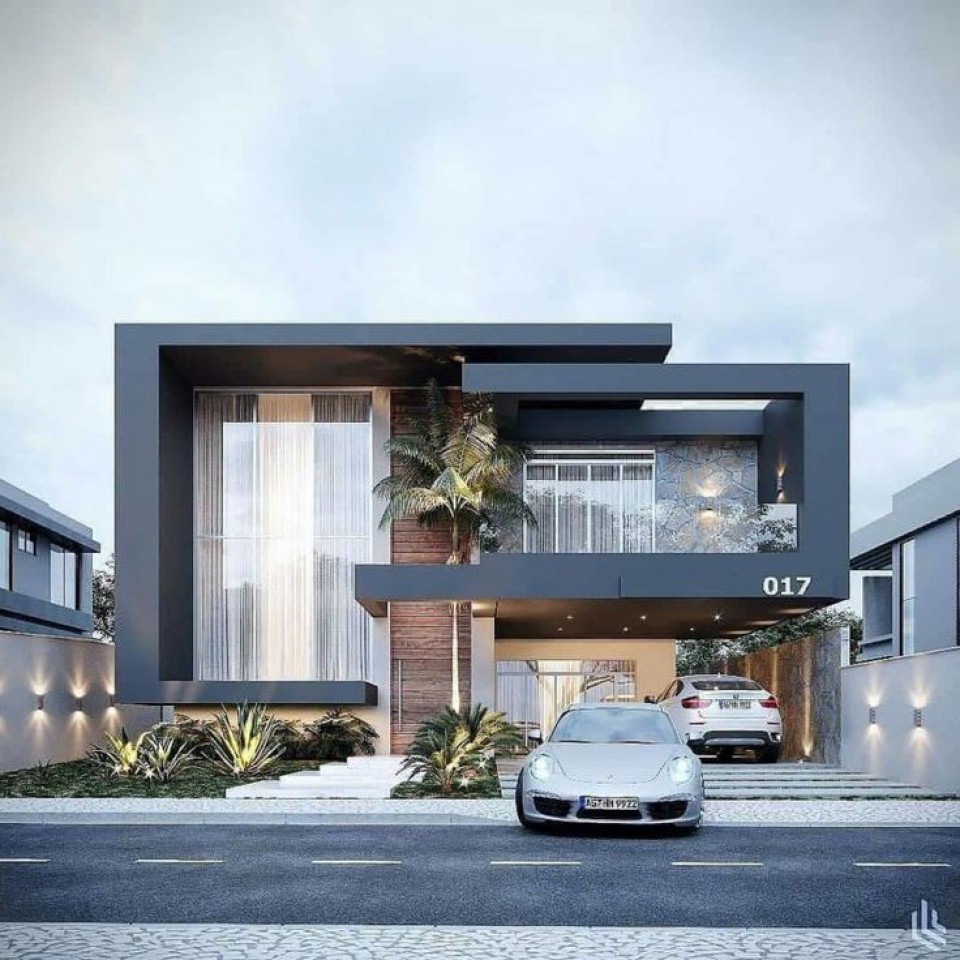
source : id.pinterest.com
Using tools for designing your house is a great way to create a plan for the entire structure of your home. These tools will let you drag and drop items within the design software and explore other designer's galleries.
A free 3D design tool can make designing your house much easier. This tool creates 3D models of walls and can also help you insert windows and doors. All design elements are automatically updated, including the foundation, roof, and framing. You can choose from a wide variety of furniture and thousands of floor plan examples. You can also use the software to calculate budgets, which can be useful for homeowners who don't want to spend much money on materials.
Budgeting
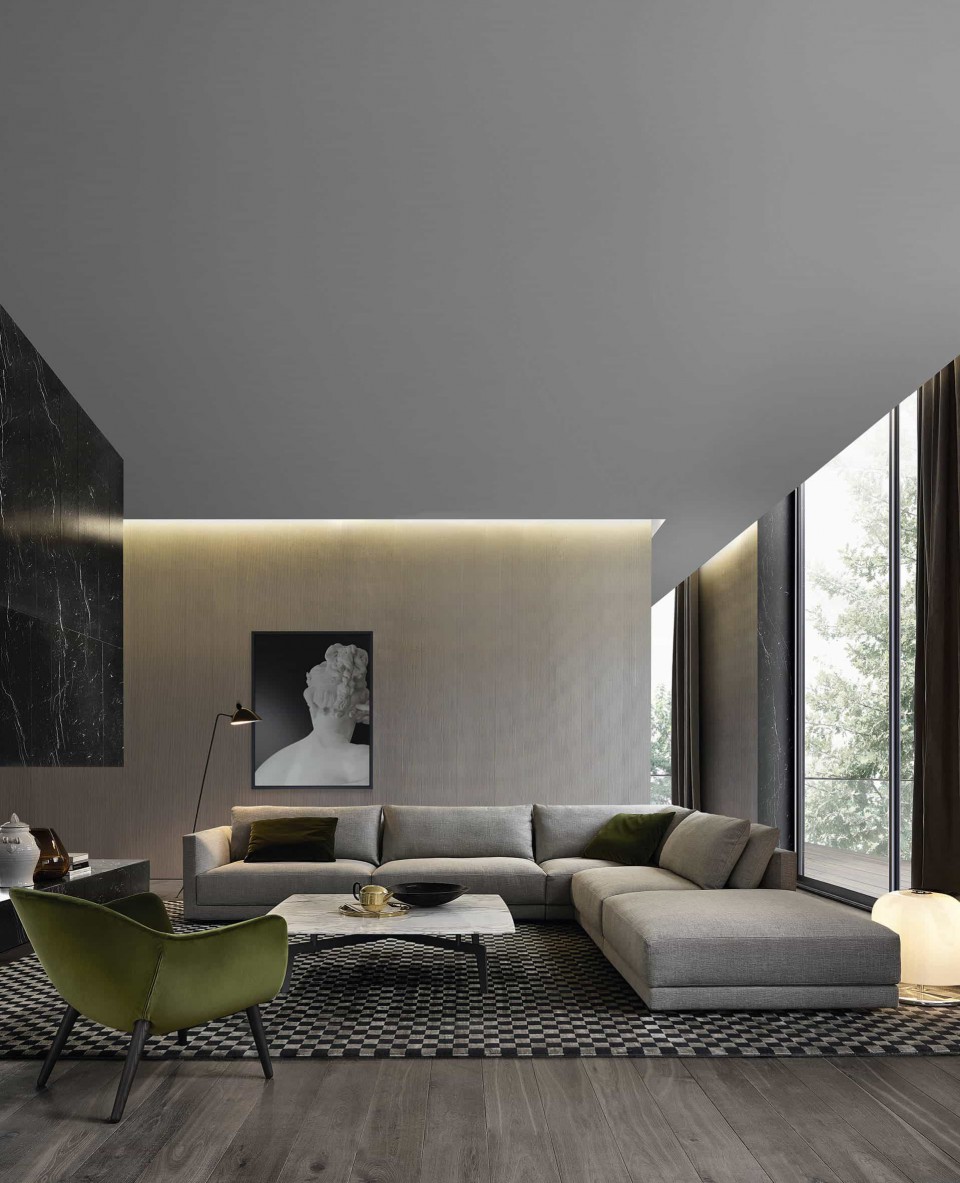
source : kitchenfromchina.com
Planning a budget when designing your house is a must. It is a great way to ensure your construction project is within your budget. Budgeting your project will help you focus on the design elements you want while controlling costs.
Keep in mind that there are many beautiful products that you may want to include in your home. You may want to splurge on imported tile or wood flooring. But if you can't afford these items, you can always shift your budget to cover other aspects. Whether you plan to use inexpensive carpet in the kids' room or splurge on wood flooring, there is a way to make your house look beautiful without breaking the bank.
The size and geometry of your house will affect your budget. A house with simple geometry will take less time to build and cost less to finish. Curved rooms require more labour and cost. Open-plan houses can save you money while making your house look more spacious. Adding square footage, custom details, and more expensive appliances will increase your costs. As a result, it's important to stick to your budget and focus on the features that matter most to you.
Zoning laws
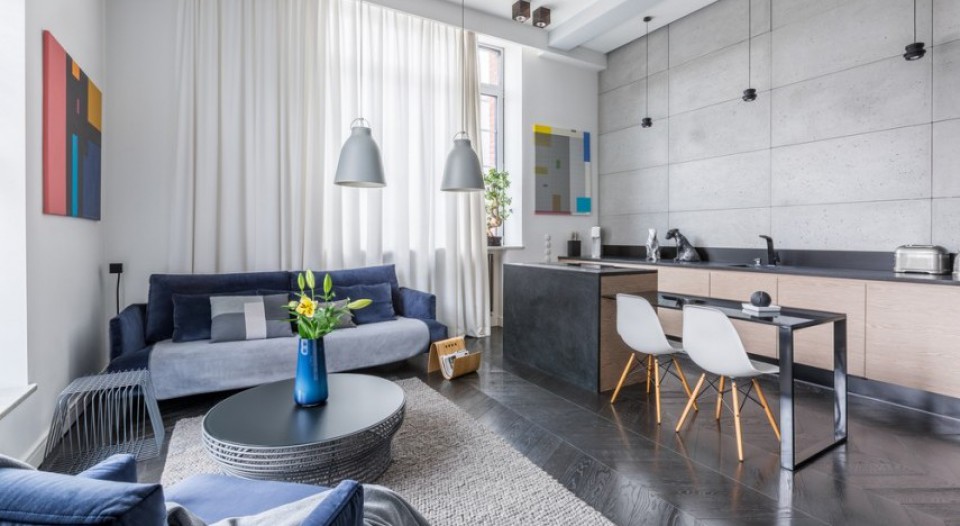
source : proptiger.com
If you live in a low-density area, you may wonder whether you should consider zoning laws when designing your house. Low-density residential neighbourhoods are one of the main causes of homelessness in many areas. Segregated commercial and residential areas make it difficult for residents to travel by foot. However, walkable neighbourhoods reduce the impact of cars on the environment and the economy and increase green space.
Residential zoning governs the type of dwelling allowed within a neighbourhood. The regulations and height restrictions for each type of dwelling are different. Similarly, residential districts are further broken down into sub-districts based on the density of development allowed. On the other hand, business districts are often situated close to residential neighbourhoods. The rules for residential areas apply to businesses as well. A home built in the commercial district may not be allowed to have more than one parking space.
Zoning laws help avoid adverse built conditions on neighbouring properties. They regulate lot coverage, fence heights, and building heights. Having the same type of building close by reduces the likelihood of traffic problems and property value decline. This is why zoning laws are so important. By following the laws, you can ensure that you build a home that will meet all zoning requirements. Your neighbours will thank you for it!
Sample home designs
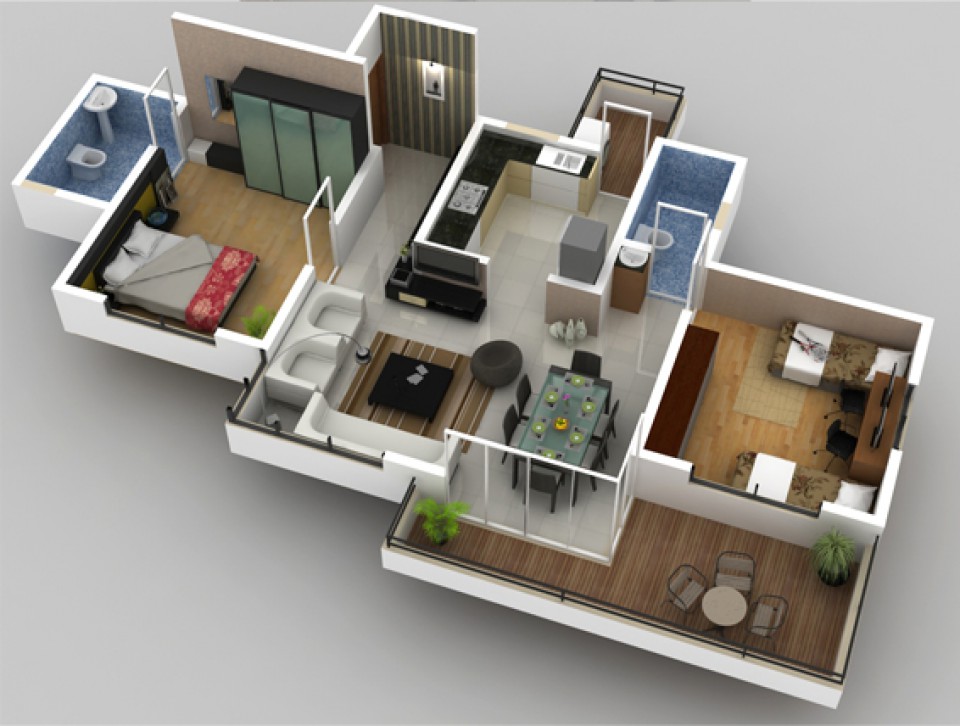
source : myhomemyzone.com
When looking for Sample home designs, the first step is to consider the flow of the entire house. Consider how your family will live, for instance, and where the bedrooms will be located. If your family tends to get together in the kitchen, consider a floor plan that lets everyone move easily from room to room. It's also important to consider what landscaping you want and how you maintain it. There are many ways to design a home, so a sample home design will help you decide on a layout that's right for you.
A 3D home design program also comes with a selection of sample home designs that you can use to guide you through the process of laying out floor plans. These plans can be modelled after an existing plan, or you can choose to create your own from scratch. To create your floor plan, you must first form a general floor plan, figuring out the dimensions of each room. Then, you can insert walls to represent each room. Once you have the general layout, you can move the walls around until the rooms are laid out as you wish. Then, you can find windows and doors.
After choosing a floor plan, you must consult your family and discuss with the architect any issues you may have with the design. Architects can provide you with floor plans that are specific to your preferences, and they can also review your current home plan and offer you alternative designs if needed. This will ensure that your dream home is unique to you and your family and will meet your needs. It's a great way to get started on designing a new home!
Choosing a designer
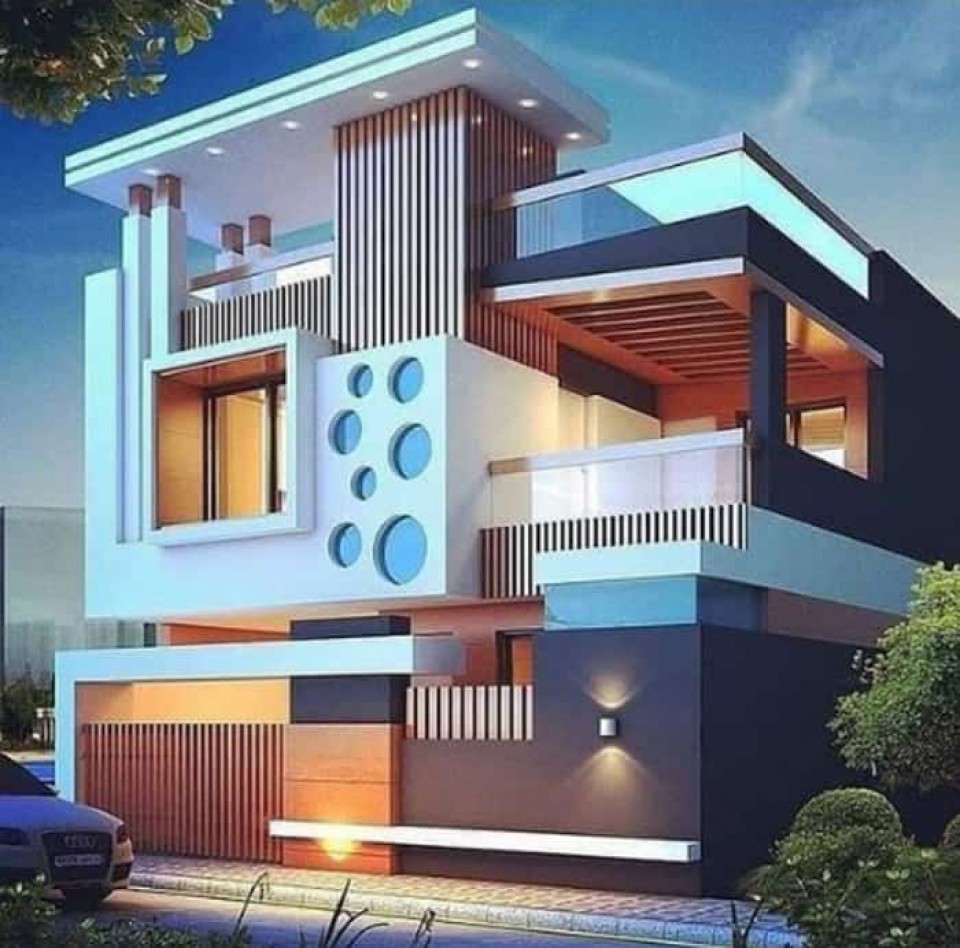
source : pinterest
When choosing a designer to design your house, there are many factors to consider. One of the first is whether they are experienced. Good designers respect their clients' trust and value the expertise they bring to the table. A good designer will make you feel like you are exchanging value for their expertise. The best way to determine if you'll be happy working with a particular designer is by hiring a few to collaborate on a project.
Secondly, you should be aware of the price structure. If you're paying by the hour, you'll soon find that the cost can add up quickly. If you hire a designer hourly, the cost will add up fast. Make sure you know what you're getting into by choosing a package that fits your needs. Some designers charge by the hour, so ensure you understand how much they charge for their service.
Final Take
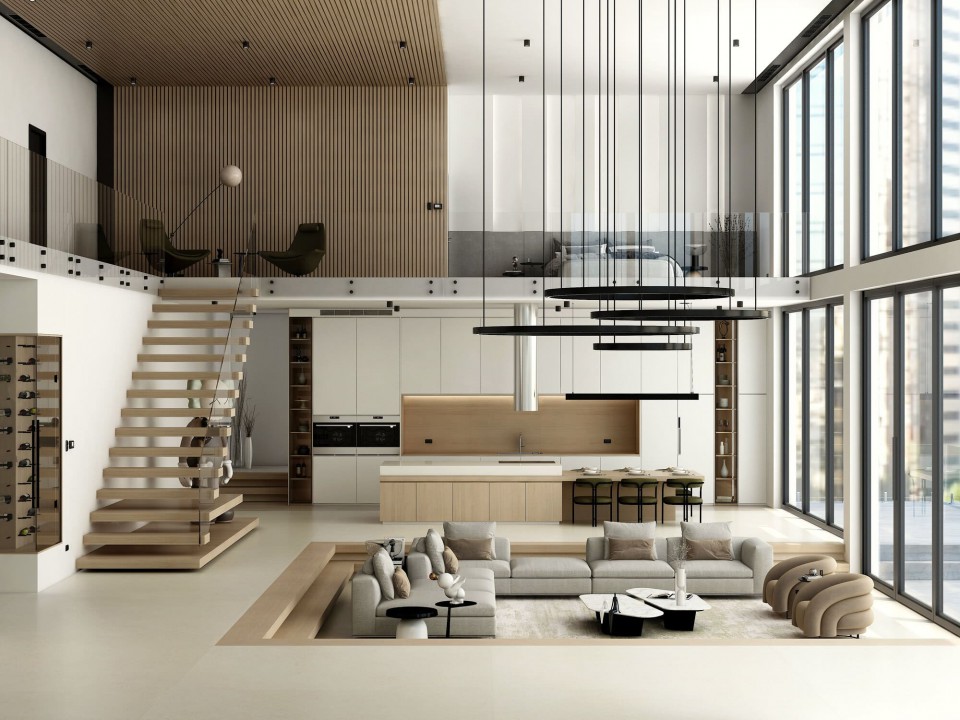
source : kitchenfromchina.com
Once you've found a design firm, it's time to interview several potential candidates. You should feel comfortable working with the chosen designer and that they understand your project. If you feel comfortable, you can start the project with a design concept and then move on to the rest of the project. However, if you're unhappy with the designer's work, you can always walk away without paying more.

